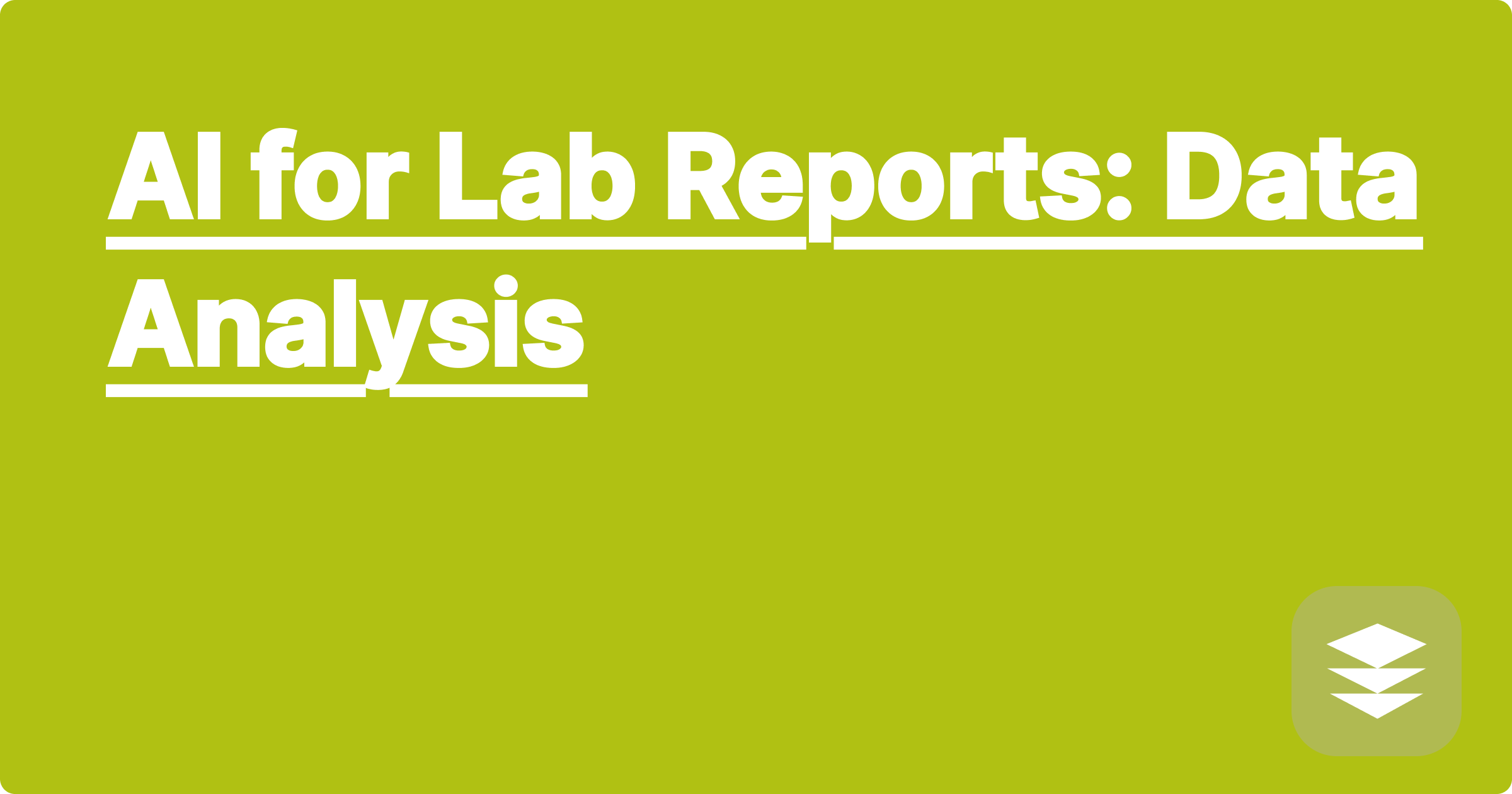
STEM fields often involve complex data analysis, a challenge that can be particularly daunting for students and researchers. Sifting through large datasets, identifying trends, and drawing meaningful conclusions can be time-consuming and require specialized statistical knowledge. Artificial intelligence (AI) offers a promising new approach to streamline and enhance data analysis in lab reports, opening up new possibilities for scientific discovery and understanding. This emerging technology has the potential to revolutionize how we approach research, making complex analyses more accessible and efficient.
For STEM students and researchers, mastering data analysis is crucial for academic success and career advancement. Traditional methods can be a bottleneck, hindering progress and limiting the scope of research. AI-powered tools offer a way to overcome these limitations, empowering individuals to analyze data more effectively, explore complex relationships, and gain deeper insights from their experiments. This ability to leverage AI for data analysis will be an increasingly valuable skill for future scientists and engineers.
Data analysis in scientific experiments presents several key challenges. First, the sheer volume of data generated by modern instruments can be overwhelming. Managing, cleaning, and processing these large datasets can be a time-consuming and error-prone process. Second, many experiments involve complex relationships between multiple variables, requiring sophisticated statistical techniques to uncover meaningful patterns. Choosing the right statistical test and interpreting the results can be difficult, especially for those without a strong statistical background. Finally, visualizing data effectively is essential for communicating findings and drawing conclusions. Creating clear and informative graphs and charts can be challenging, requiring specialized software and design skills.
AI tools like ChatGPT, Claude, and Wolfram Alpha offer powerful capabilities for addressing these challenges. ChatGPT and Claude can assist with understanding statistical concepts, interpreting results, and generating descriptive text for lab reports. They can provide explanations of different statistical tests, help choose the appropriate test for a given dataset, and even generate code snippets for performing the analysis in programming languages like Python or R. Wolfram Alpha excels at symbolic computation and can be used to perform complex calculations, solve equations, and generate visualizations. It can also provide step-by-step solutions to mathematical problems, making it a valuable tool for understanding underlying principles.
Consider a scenario where you have collected data on the growth of bacteria under different temperature conditions. First, you would input your data into a suitable format, such as a CSV file or a spreadsheet. Then, you can use ChatGPT or Claude to help select an appropriate statistical test to compare the growth rates at different temperatures. For example, if you have multiple groups and want to compare their means, the AI might suggest an ANOVA test. The AI can also help you formulate the null and alternative hypotheses for your test. Next, you can use Python or R, aided by code snippets generated by the AI, to perform the statistical test. Finally, you can use Wolfram Alpha or a dedicated plotting library to visualize the results in a clear and informative way, such as a bar graph showing the average growth rate at each temperature. ChatGPT or Claude can then help you interpret the results and write a descriptive summary for your lab report.
Imagine analyzing the relationship between the concentration of a reactant and the rate of a chemical reaction. You could use Wolfram Alpha to fit a rate equation to your experimental data, providing estimates for the rate constant and the order of the reaction. For example, if your data suggests a second-order reaction, Wolfram Alpha could help you determine the rate constant k in the equation: rate = k[A]^2, where [A] is the concentration of the reactant. Another example involves analyzing spectroscopic data. AI tools can help identify peaks and patterns in complex spectra, providing insights into the composition of a sample. They can also be used to automate the process of baseline correction and peak integration, simplifying the analysis workflow.
To effectively integrate AI into your STEM studies and research, consider several key strategies. First, familiarize yourself with the capabilities and limitations of different AI tools. Understanding the strengths and weaknesses of each tool will help you choose the right one for each task. Second, develop strong data management skills. Organizing and cleaning your data is essential for ensuring accurate and reliable results. Third, practice formulating clear and concise research questions. AI tools are most effective when used to address specific, well-defined problems. Fourth, learn the basics of programming in languages like Python or R. This will allow you to leverage the full power of AI tools and automate complex analysis workflows. Finally, always critically evaluate the output of AI tools. While these tools can be incredibly helpful, they are not infallible. It's crucial to understand the underlying principles and to verify the results using your own knowledge and understanding.
In conclusion, AI offers powerful new tools for data analysis in STEM fields. By understanding the capabilities of these tools and incorporating them into your workflow, you can significantly enhance your research productivity and gain deeper insights from your data. Start exploring these tools today and discover how they can transform your approach to scientific inquiry. Experiment with different platforms, practice applying them to real-world datasets, and continue learning about the evolving landscape of AI in STEM. Embrace these advancements to unlock new possibilities in your research and academic pursuits.
AI Homework Help: STEM Made Easy
Ace STEM Exams: AI Study Guide
AI for Lab Reports: Data Analysis
AI: Your Physics Homework Solver
Engineering AI: Boost Your GPA